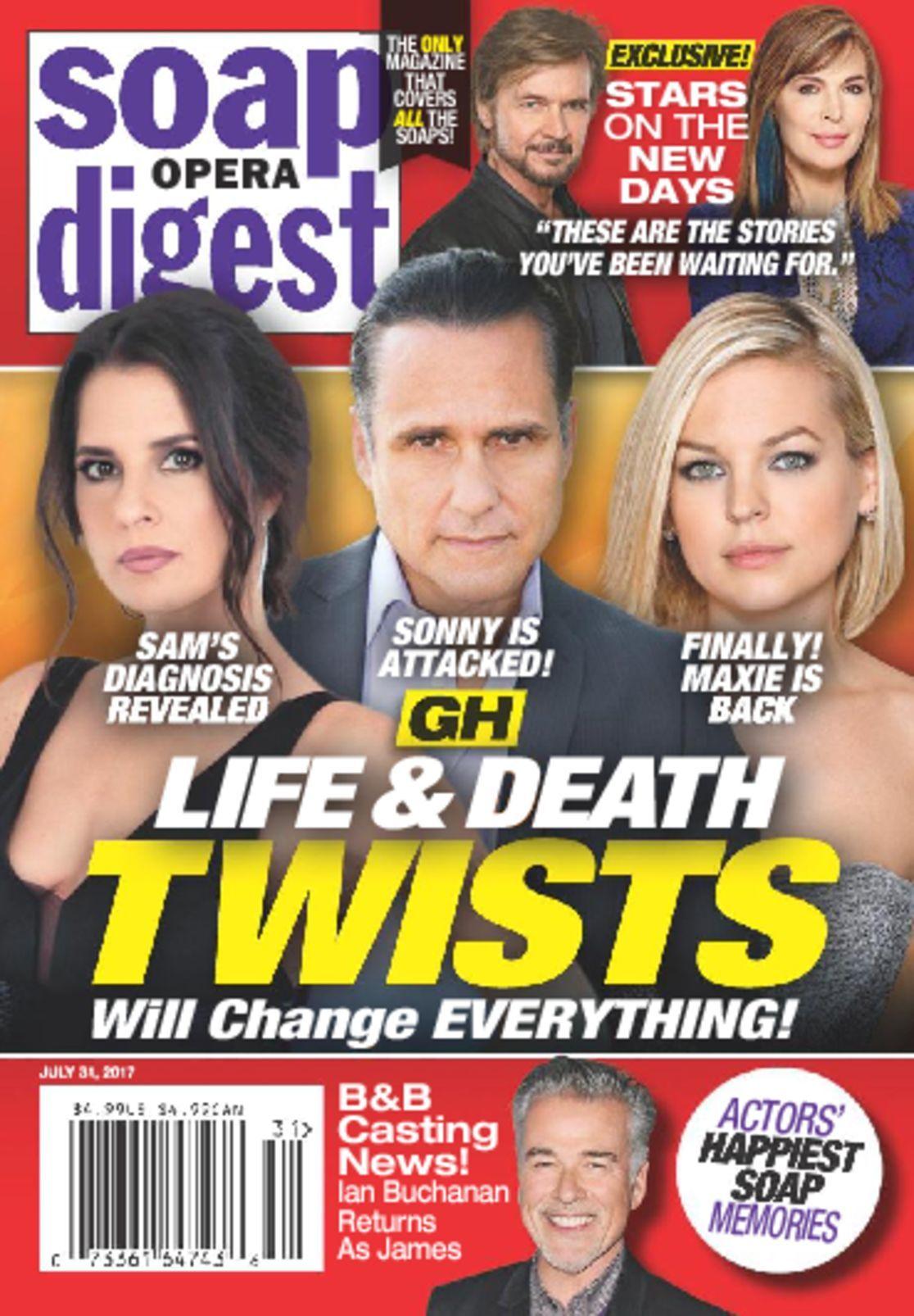
So Roman van Meer decided to build a business around them - even though he’d never watched a soap opera himself. The medical drama is a commercial product that not only reflects our socio-cultural and economic environment but also illuminates wider changes in broadcasting culture.Soap operas are all the rage for millions of Americans. Shows such as House MD are dissected in meticulous detail by fans and medical professionals on websites filled with endless analysis of the plausibility of plot and procedure.


As these fictional scenes were being transmitted to global audiences George Clooney - formerly ER’s Dr Doug Ross - spoke out at public rallies to stimulate support for American intervention in Darfur, thus blurring the lines between drama and the material world still further. Thus the humanitarian crisis in the Darfur region of Sudan - underreported by the US news media - was brought to ER viewers through characters Dr John Carter and Dr Gregory Pratt, who were depicted working in a refugee camp trying to protect their patients from the Janjaweed militia. These programmes deliver high drama but also convey important messages about health and illness, often highlighting political issues which are neglected in television news and documentary formats. The genre is economically important, too, as medical dramas consistently attract large audiences with ‘gold dust’ demographics for advertisers - the notoriously elusive 18-49 years. The format attracts multiple awards and breaks new ground in television aesthetics.

The medical drama occupies an extraordinary position in contemporary television.


 0 kommentar(er)
0 kommentar(er)
